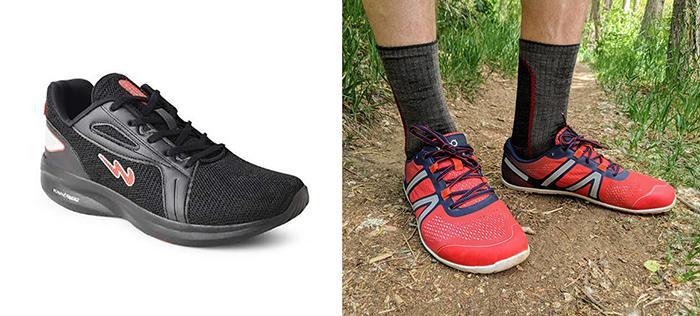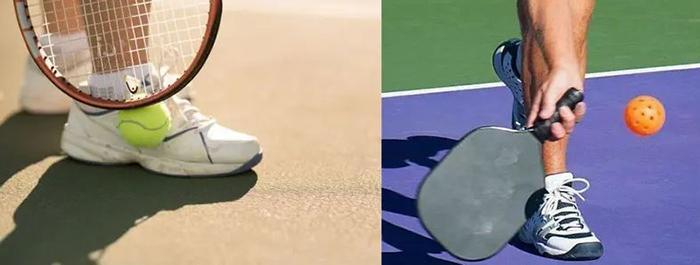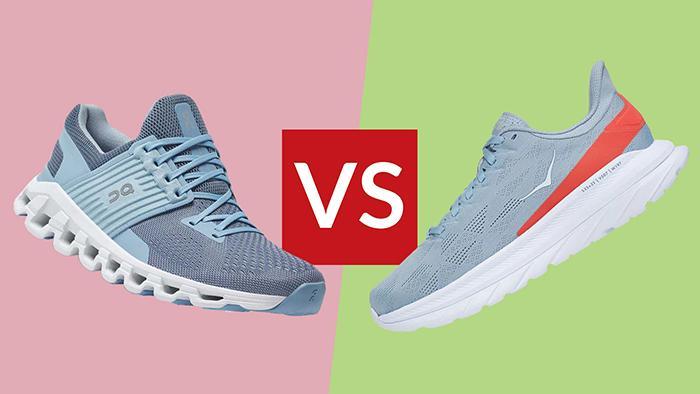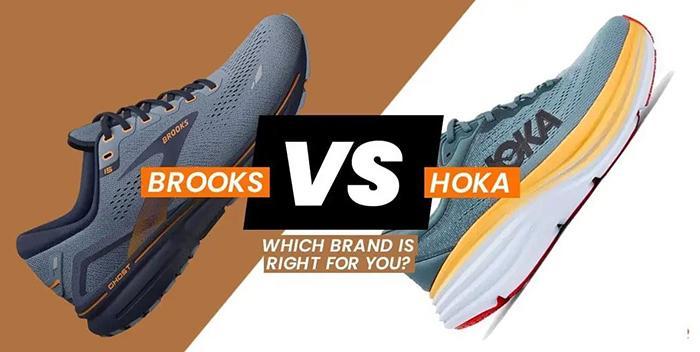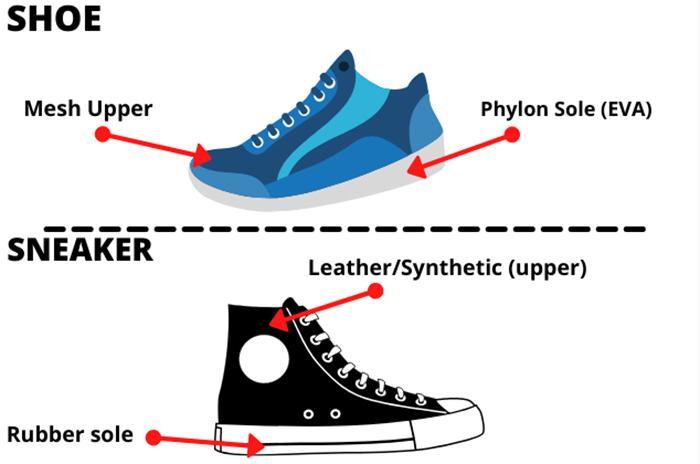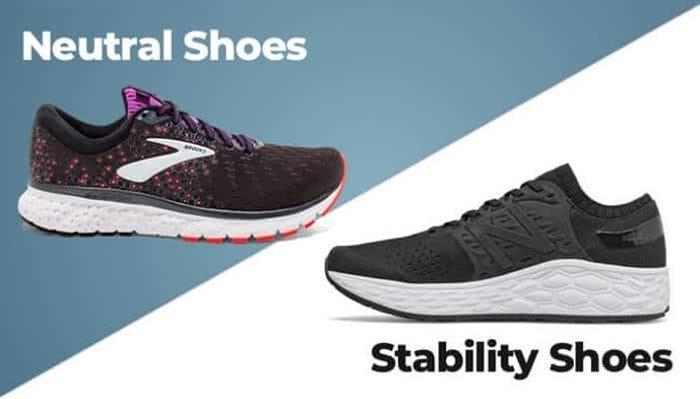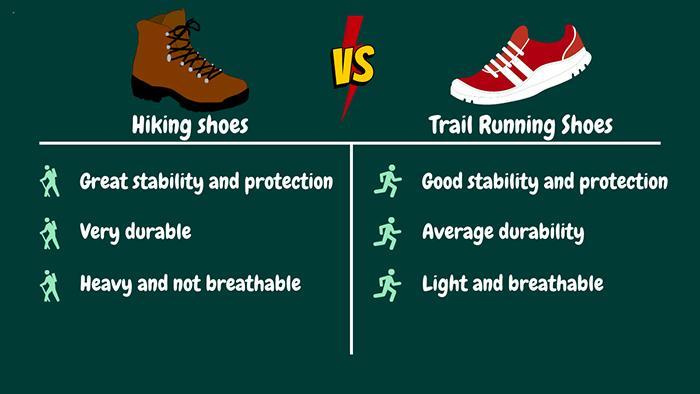Choosing the right athletic shoes can be a puzzle, considering the wide variety available.
Did you know that there are significant differences between cross-training shoes and running shoes?
You Are Watching: Cross Training Vs Running Shoes Updated 07/2024
This article will guide you through these differences to help you make an informed choice for your fitness needs.
Let’s dive in and find out which shoe is best suited for your workout regimen!
Key Differences Between Cross Training Shoes and Running Shoes
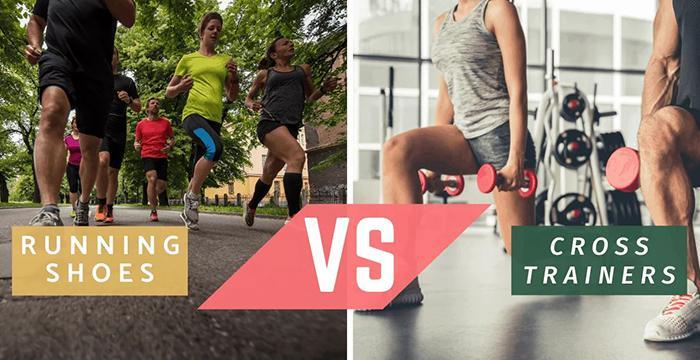
Design and Construction Differences
Dive into the world of athletic shoes and you’ll spot key differences in design and construction between cross-training shoes and running shoes.
Cross trainers, with their flatter soles, offer flexibility that facilitates a wider range of motion for multi-directional movements.
Their design provides a stable platform, perfect for walking or low-impact exercises. On the flip side, running shoes are feather-light yet sturdy crafts engineered specifically to shield your feet from high impact during longer runs.
They’re typically more cushioned than cross trainers—a feature that notably reduces strain on your feet—and possess higher heel drops for augmented support and shock absorption.
However, while runner’s kicks perform wonderfully on long-distance tracks, they may trail behind when it comes to lateral movement support—an area where cross trainers confidently stride ahead.
Impact Absorption and Cushioning
One key difference between cross training shoes and running shoes lies in their impact absorption and cushioning capabilities.
Running shoes are specifically designed to protect the feet from the high impact of each stride while providing optimal cushioning.
They often have a thicker midsole with advanced technologies like air or gel pockets that absorb shock upon landing, reducing stress on the joints.
This makes them ideal for longer distance running where impact protection is crucial.
On the other hand, cross-training shoes provide decent cushioning but typically offer less specialized impact absorption compared to running shoes. Their midsoles are generally less cushioned, as they prioritize stability over excessive padding.
However, this does not mean that cross trainers lack comfort or protection altogether. They still provide enough padding for low-impact activities like walking and light exercises while giving you a stable platform to perform multi-directional movements effectively.
So, if your main focus is on running long distances with maximum shock absorption and cushioning support, then investing in a pair of well-designed running shoes would be the way to go.
However, if you’re engaging in various activities that involve different types of movement beyond just running – such as weightlifting or aerobics classes – then cross-training shoes can offer versatility without sacrificing too much in terms of comfort and protection from impact.
Flexibility and Support
Cross-training shoes and running shoes differ in their flexibility and support.
Cross-training shoes are designed with a flatter sole, allowing for more freedom of movement and flexibility. This makes them ideal for activities that involve various movements, such as agility training or weightlifting.
On the other hand, running shoes prioritize support and cushioning to absorb the impact of each stride while providing stability.
They feature a higher heel drop to promote forward motion and protect against the repetitive impact of long-distance running.
So, if you’re looking for footwear that offers both flexibility and support, consider your specific activity needs before making a decision on which type of shoe to invest in.
Traction and Durability
Cross training shoes and running shoes also differ when it comes to traction and durability. Traction is crucial for both activities, but the patterns on the outsoles of these shoes are designed differently.
Running shoes typically have deep grooves and a specialized tread pattern that provides excellent grip on pavement or uneven terrains.
This is important to prevent slips and falls while running.
On the other hand, cross-training shoes have a more versatile outsole with multidirectional patterns that offer traction for various movements like pivoting, lateral shuffles, and quick changes in direction during workouts or sports activities.
Choosing the Right Shoe for Your Activity

Consider Your Primary Activity
Choosing the right shoe for your activity is crucial in ensuring comfort, support, and performance. When considering your primary activity, think about what type of exercise or sport you participate in most frequently.
If you primarily engage in running or jogging, it’s essential to invest in a pair of quality running shoes.
Running shoes are specifically designed to protect your feet from high impact with the ground and provide superior cushioning and shock absorption.
With their lightweight construction and flexibility, they are ideal for longer distance runs.
On the other hand, if your primary activities involve a mix of different workouts like weightlifting, aerobics classes, or even sports like basketball or tennis, cross-training shoes might be more suitable for you.
Cross trainers offer versatility for various types of exercises by providing stability and support during lateral movements. They also have a flatter sole design that allows for multi-directional movement and a wider range of motion.
Assess Your Foot and Gait
To choose the right shoe for your activity, it’s important to assess your foot and gait. Everyone’s feet are different, and understanding how yours move can help determine the type of shoe that will provide the best support and comfort.
Consider factors such as arch height, pronation, and any specific foot conditions you may have.
For example, if you have flat feet or overpronation, a running shoe with good stability features might be recommended.
On the other hand, if you have high arches or supination, a cross-training shoe that offers more cushioning could be beneficial.
Remember that seeking professional advice from a podiatrist or knowledgeable shoe specialist can also provide valuable insights into what type of footwear would work best for you.
Seek Professional Advice if Needed
If you’re finding it difficult to determine the right shoe for your activity, don’t hesitate to seek professional advice.
A knowledgeable shoe specialist or podiatrist can assess your feet and gait to help you find the perfect fit.
They can take into account any specific requirements based on your primary activity, such as running or cross-training.
By consulting an expert, you’ll be able to make a well-informed decision and choose a shoe that provides optimal comfort, support, and performance for your fitness pursuits.
So don’t hesitate to reach out for professional guidance when choosing between cross-training shoes and running shoes.
Benefits and Limitations of Cross Training Shoes
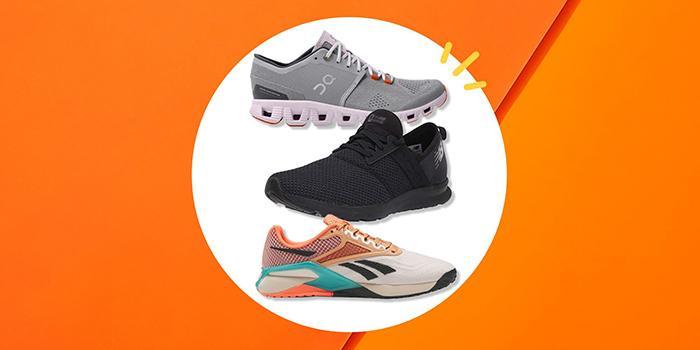
Versatility for Various Workouts
Cross training shoes are known for their versatility, making them an excellent choice for various workouts.
Whether you’re hitting the gym, attending a group fitness class, or engaging in circuit training, cross trainers can handle it all.
With their stable platform and supportive design, these shoes provide the right balance of flexibility and support needed for different activities.
Plus, they offer good traction to keep you steady during lateral movements and quick changes in direction.
So whether you’re lifting weights, doing lunges or even light jogging on the treadmill, cross-training shoes have got you covered.
Running shoes are specifically designed to enhance your running performance and protect your feet from high-impact forces.
While they may not be as versatile as cross trainers when it comes to other workouts, they excel at what they were made for – running! With superior impact absorption and cushioning properties, running shoes provide maximum comfort and protection during those long distance runs.
Their lightweight construction also allows for better speed and agility while maintaining stability.
So if you’re someone who enjoys a variety of workouts or prefers a shoe that can handle multiple activities without compromising performance or comfort, cross-training shoes might be your best bet.
Read More : How To Sew Pointe Shoes Updated 07/2024
However, if running is your primary focus and you want footwear that maximizes efficiency while offering optimal protection against impact-related injuries, then investing in a good pair of specialized running shoes is definitely worth considering.
Stability and Support
Cross-training shoes are known for providing excellent stability and support during various workouts. These shoes are specifically designed to offer a stable platform for your feet, ensuring that you can perform lateral movements with ease and without the risk of rolling your ankle.
The sturdy construction of cross trainers helps to prevent excessive foot pronation or supination, reducing the chances of injuries.
On the other hand, running shoes prioritize cushioning and impact absorption over lateral support, making them more suitable for forward motion activities like jogging or distance running.
However, if you engage in multi-directional exercises or prefer a wider range of motion during your workouts, cross-training shoes would be a great choice due to their superior stability and support capabilities.
Potential Lack of Specialized Features for Running
Cross-training shoes are incredibly versatile for various workouts, but they may lack some specialized features specifically designed for running.
While these shoes provide stability and support, they might not offer the same level of cushioning and impact absorption as running shoes.
Running shoes are meticulously engineered to protect your feet from high-impact ground contact, ensuring a more comfortable and efficient run.
With their lighter weight, enhanced flexibility, and superior cushioning, running shoes are ideal for longer distance runs.
However, if you engage in activities that involve multi-directional movement or low-impact exercises like walking, cross-training shoes can still be a suitable option.
Benefits and Limitations of Running Shoes
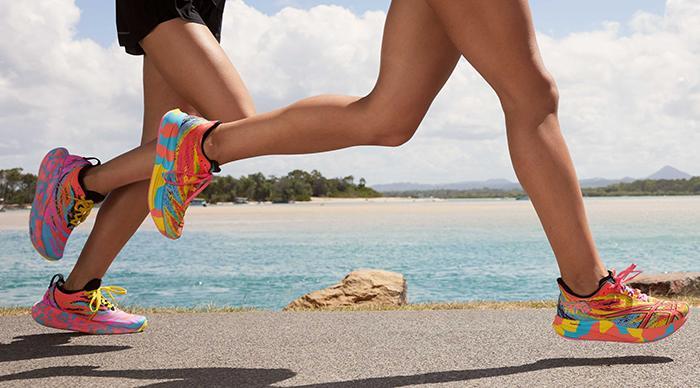
Designed for Optimal Running Performance
Running shoes are specifically engineered to enhance your running performance. These shoes are designed with features that cater to the unique needs of runners, allowing them to go the extra mile with ease.
Running shoes prioritize cushioning and impact absorption, which help protect your feet from the high impact of each stride.
The midsole of running shoes is typically more cushioned than cross-training shoes, providing an extra layer of comfort and support during those long runs.
Additionally, these shoes often have a higher heel drop for added stability and cushioning. So if you’re looking to achieve optimal running performance, investing in a good pair of running shoes is definitely worth considering!
Superior Impact Absorption and Cushioning
Running shoes are specifically designed to provide superior impact absorption and cushioning, making them the go-to choice for runners.
These shoes are equipped with advanced technologies that minimize the shock of each foot strike, helping protect your feet from high impact with the ground.
The midsoles in running shoes have extra padding and support, ensuring maximum comfort during long runs or intense workouts.
With their focus on providing optimal cushioning, running shoes excel at minimizing strain on your joints and muscles, allowing you to push harder and go further without worrying about discomfort or injury.
So if you’re a dedicated runner looking for protection against high-impact activities, running shoes are definitely the way to go!
Potential Lack of Support for Lateral Movements
Cross-training shoes, while versatile for a wide range of workouts, may have limitations when it comes to lateral movements.
Unlike running shoes that are specifically designed for forward motion and optimal performance during running activities, cross trainers may not provide the same level of support and stability for side-to-side movements.
This is because cross-training shoes tend to have a flatter sole compared to running shoes, which can affect the overall balance and foot positioning during lateral exercises or sports that involve quick changes in direction.
So if you’re someone who enjoys activities like dance classes or basketball where lateral movements are key, it might be worth considering investing in a pair of specialized athletic shoes that offer the necessary support and stability for those specific types of motions.
Conclusion
In conclusion, when it comes to choosing between cross training shoes and running shoes, it’s important to consider your specific fitness activities and needs.
While cross trainers offer versatility for various workouts and stability for lateral movements, running shoes are designed specifically for optimal running performance with superior impact absorption.
Ultimately, the decision depends on the type of exercise you engage in most frequently and seeking professional advice can help you make an informed choice.
Sources: https://www.centuryinshoes.com
Category: Shoes

